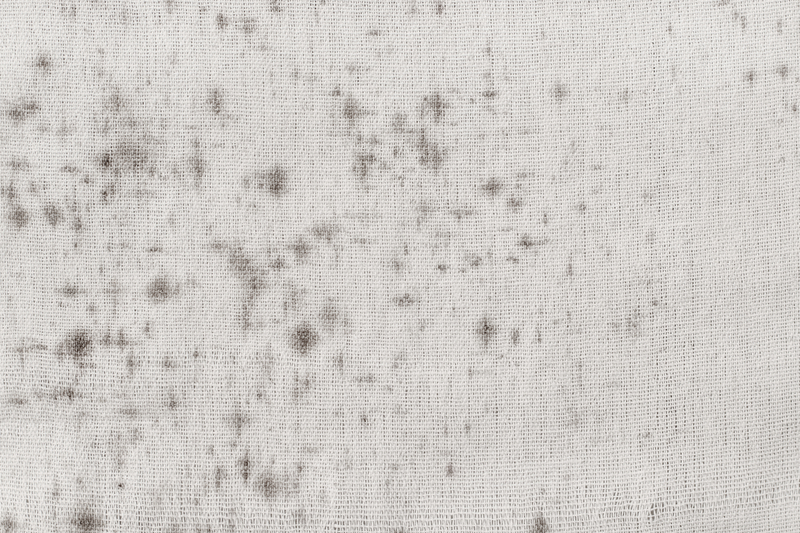
Preventing and Treating Mold on Artist Materials: Essential Guide
The Hidden Threat to Your Art
For artists, the integrity of materials is paramount. Preventing and treating mold on artist materials is essential. Mold and mildew pose insidious threats, particularly to textiles and canvases made from natural fibers. These materials, due to their hygroscopic nature, absorb moisture quickly but release it slowly. In environments with high humidity, warm temperatures, and poor ventilation, mold finds an ideal breeding ground. Even synthetic fibers, though more resistant, are not immune, especially when soiled or improperly stored.

Immediate Action to Mitigate Damage
Upon discovering mold or mildew, prompt action can prevent further damage. Remove the affected items to a dry, well-ventilated area. Spread them on clean surfaces, avoiding direct fan air, which can harm weakened fibers. For individual pieces, a low-heat hairdryer might suffice. Never resort to ovens or microwaves, as these can cause irreversible damage.
Effective Treatment Strategies
Assess the environment for factors contributing to mold growth, such as structural defects or inadequate ventilation. Improving air circulation is crucial and can be achieved through fans, dehumidifiers, or air conditioners that reduce humidity. Once dry, mildew residues can be gently vacuumed using a HEPA filter. Avoid aggressive cleaning methods, as they can exacerbate the damage.
Addressing Musty Odors
Musty odors, a byproduct of mold and mildew, can be diminished through warm air drying. Some commercial products effectively neutralize these odors without damaging the fibers, though they may affect dyes and finishes. Proceed with caution, testing on small areas first.
Cautionary Measures
Mildewed textiles are fragile. Chemical treatments risk further damage to the fabric and dyes. Radical cleaning methods can uncover or worsen existing damage. It’s often safer to accept some level of discoloration than to risk the integrity of the piece.
Prevention is Key
Considering geographical and climatic factors can help in choosing the best storage conditions. Regular monitoring of humidity and temperature can prevent high humidity spikes that damage textiles. Avoid storing valuable textiles in attics, basements, or against exterior walls, which are prone to fluctuations in conditions.
Choosing the Right Antifungal Agents
While thymol and eugenol in clove oil can prevent mold growth, they may yellow textiles and damage certain dyes. If used, store textiles in airtight containers and air them well before display. Place a cotton ball or small sponge moistened with clove oil in the container with the fabric. Remember, safety first: these agents can also pose health risks.
Safety First
Handling mildewed textiles can be hazardous, especially for those with respiratory or immune conditions. Wear protective gear, including gloves, goggles, and a rated facepiece. Clean and sanitize all gear afterward, and wash clothing in hot water.
The Importance of Professional Guidance
Contrary to some practices, experts in the field do not recommend air sampling for mold species. Cleaning large spaces requires HEPA vacuuming and using antiseptic cleaners under proper ventilation or with personal protective equipment. Sodium hypochlorite, such as the brand of Clorox bleach, may be used on wallboards and other non-porous surfaces if the surfaces are safe to bleach. If carpeting or ceiling tile is damaged or soaked with water, it is best to throw them out promptly and replace them.
Conclusion
For artists, fighting mold and mildew is crucial to preserving the integrity of their materials. By taking immediate action, employing effective treatment and prevention strategies, and prioritizing safety, artists can protect their works from these pervasive threats. The key lies in understanding the conditions that foster mold growth and implementing measures to mitigate them, ensuring the longevity and preservation of artistic creations.
References
Source: Mold and Mildew on Textiles, Smithsonian Museum Conservation Institute
A Brief Guide to Mold, Moisture, and Your Home at Mold | US EPA
Protect Yourself from Mold at Basic Facts about Mold and Dampness | Mold | CDC

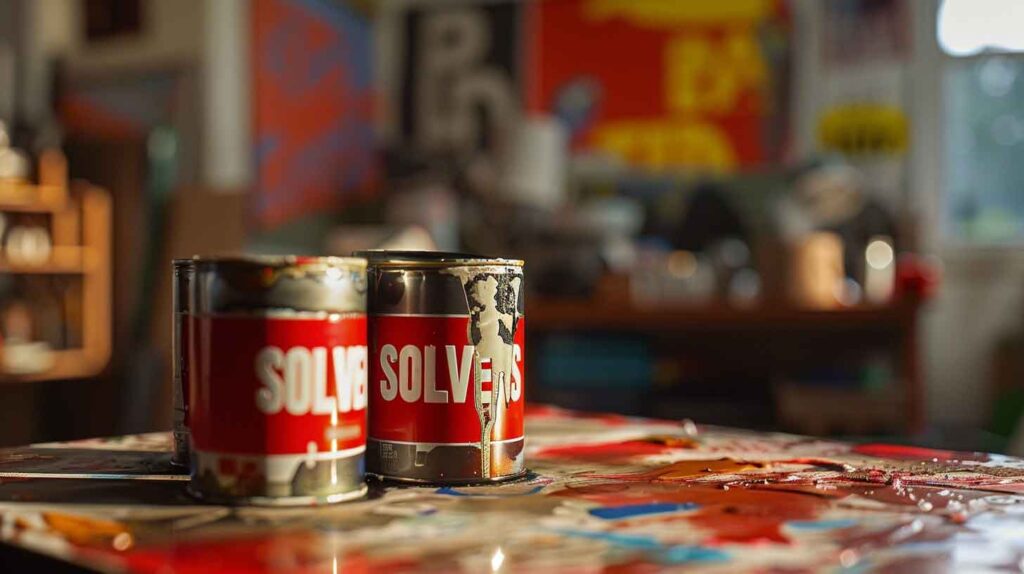

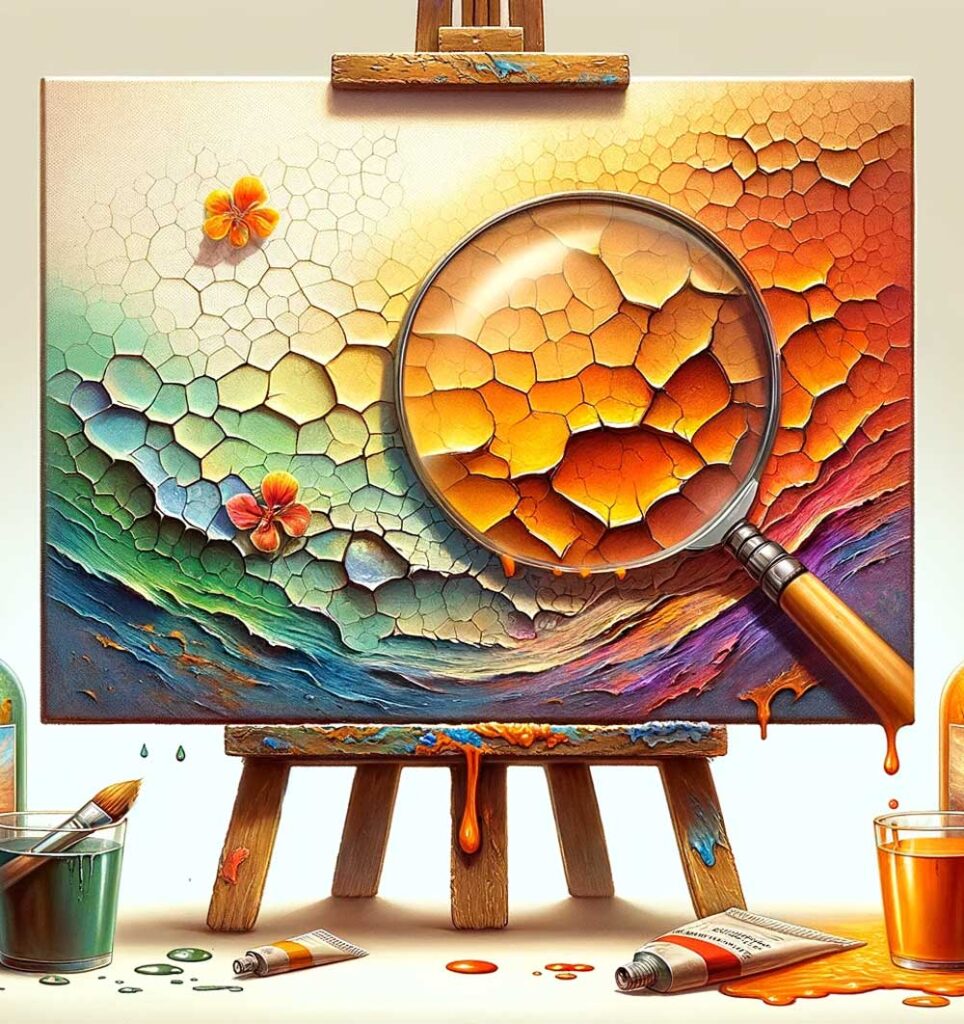
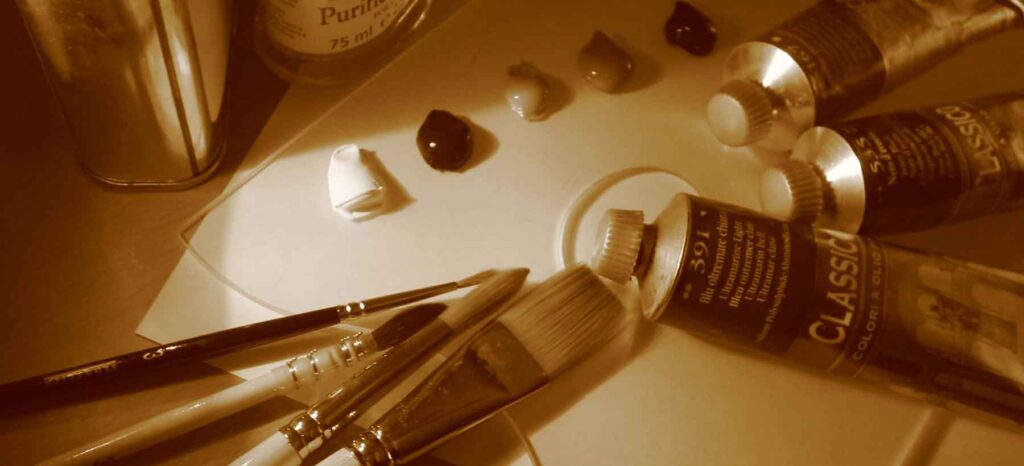
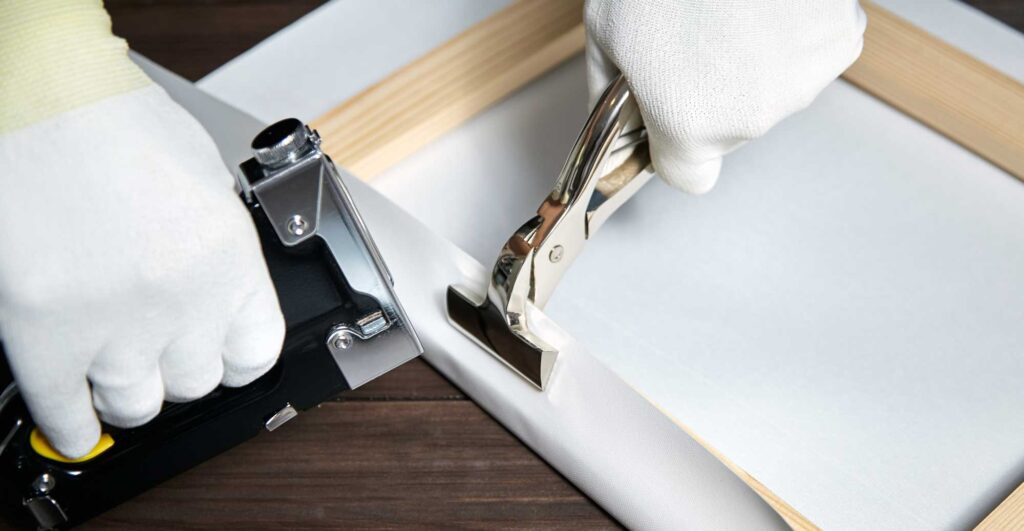

Responses